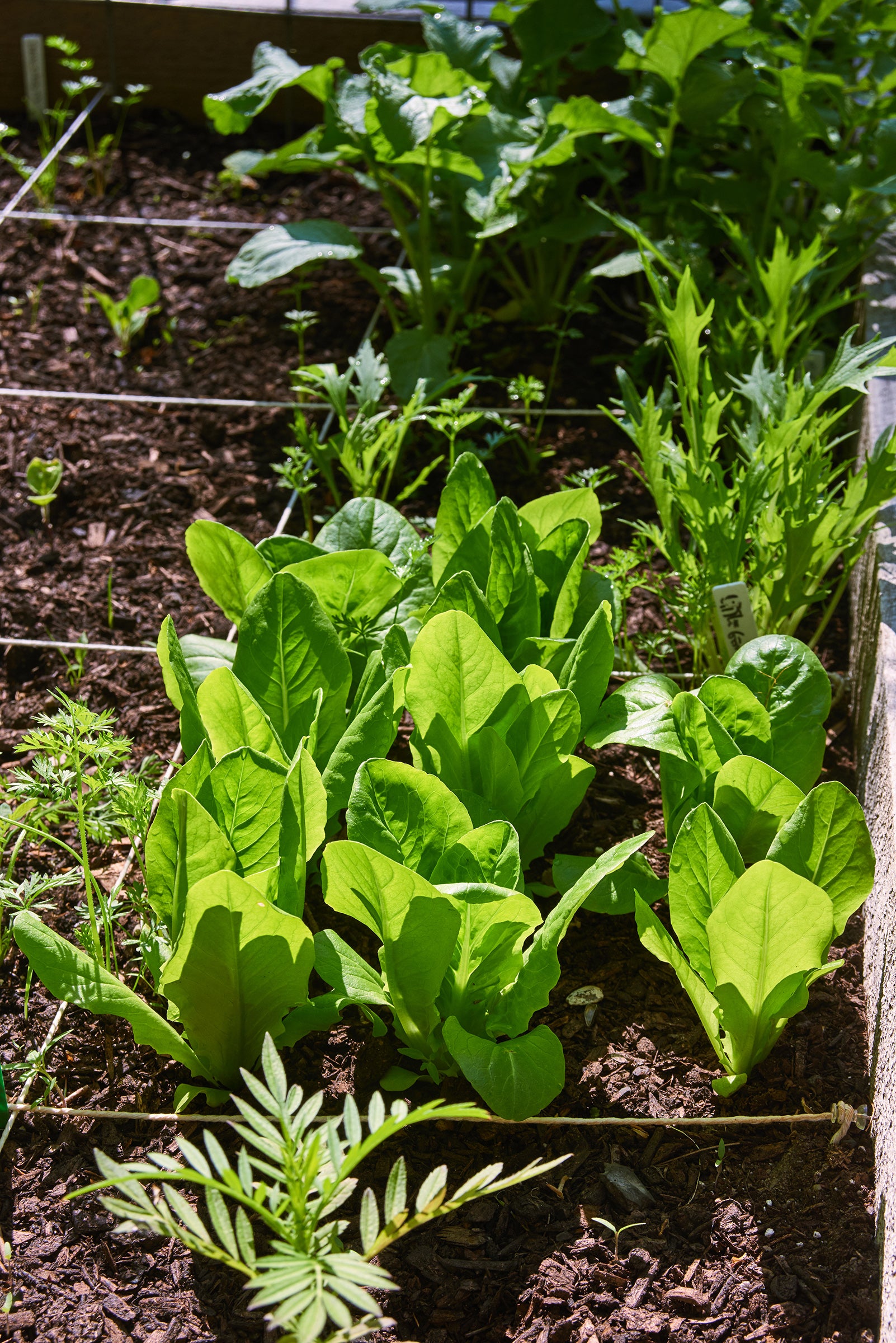I have grown an herb garden since even before moving upstate. With greater space there's room to experiment with more niche flavors, including strawberry mint, pipicha, tarragon,
anise hyssop, and dwarf basil.
Tomatoes are always a favorite, and I grow heirlooms I cannot readily find elsewhere (or would like an abundance of). Two recent favorite varietals are Santorini from Greece, a brightly acidic, creasy red tomato, and Rumi Banjan, originally from Afghanistan, a squat, golden, sweet tomato. This year I am growing a lot of
celery. It was something I grew my first season at the Catbird and loved (puts grocery store celery to shame), but since celery seed must be used the season it is prepared–and much of mine germinated–I am growing a good bit. I use it in all kinds of ways: shaved raw salads, morning juices, aromatic poached veggies, and to season soups or stews. I am trying long beans for the first time, as well as bulb onions, and am trying my hand at growing dahlias and
tobacco flowers (their flowers attract hummingbirds!).







